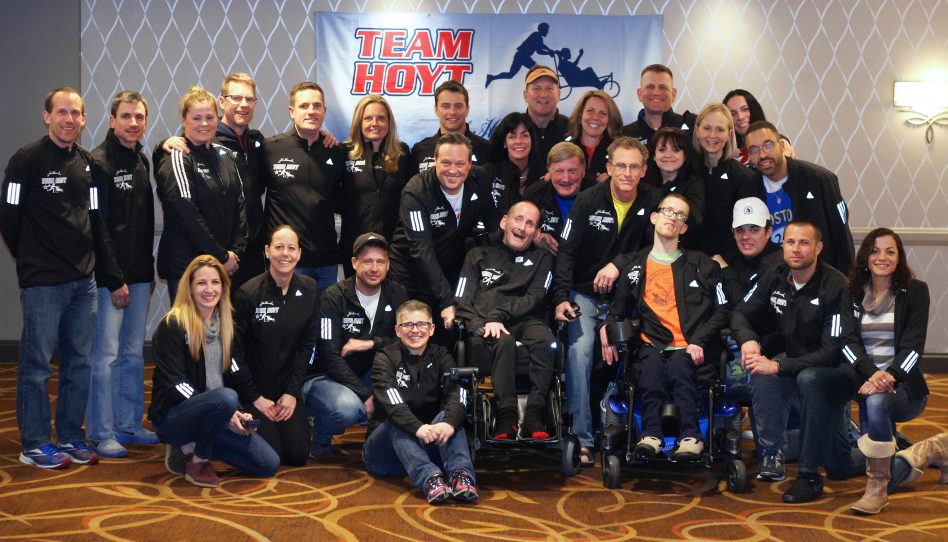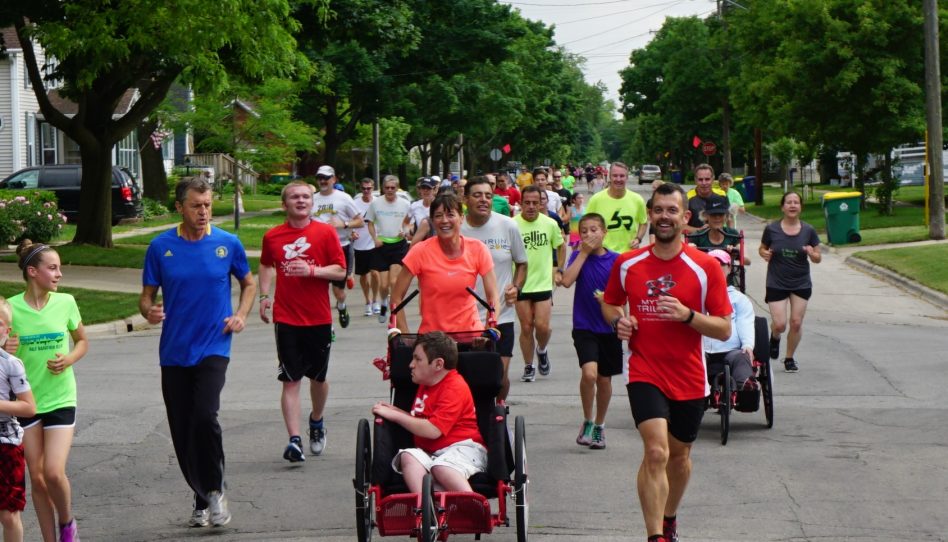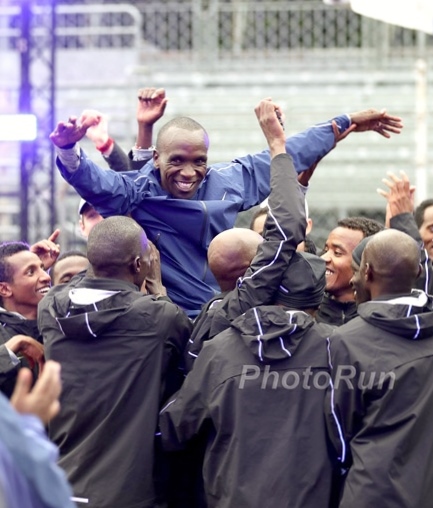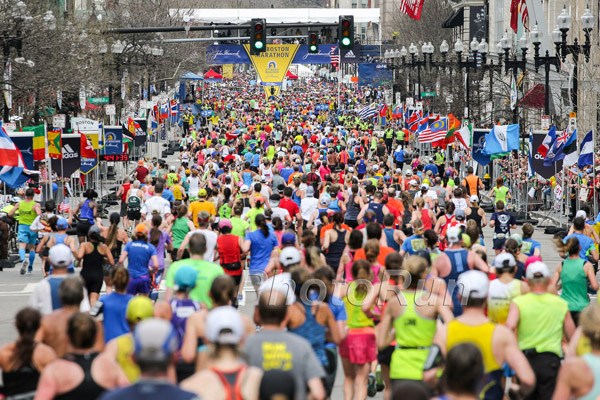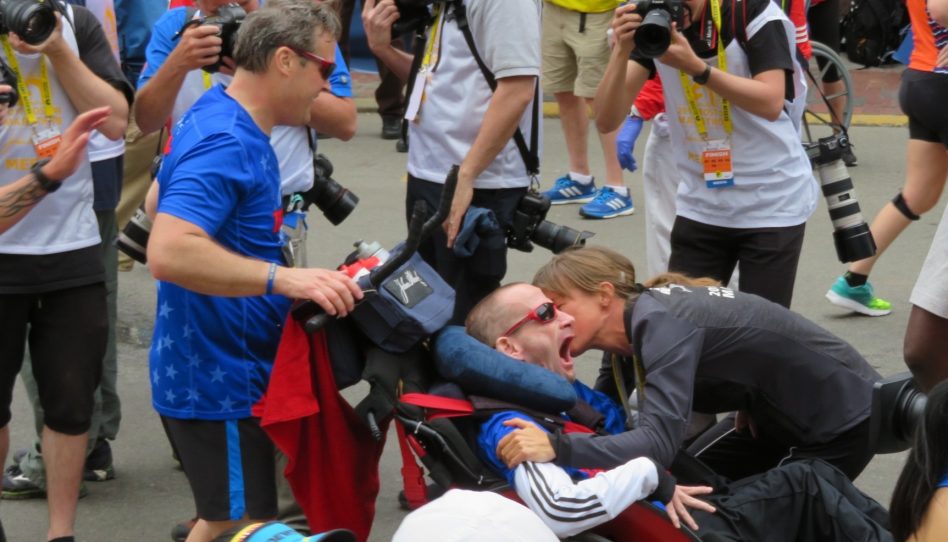Cross-Country or the Soul of Long Distance Running
Cross-Country has always had a particular significance in British athletics. Though the trend for marathons and other road races is booming here as elsewhere, the increase is not so noticeable in cross-country running and racing. That is a pity, since lovers of cross-country have found a magical world.
Earth, forest, hills, up and down and always mud, mud. That is cross-country tradition and how could it be otherwise? This is how the great ones of British track and field developed, not just the long distance athletes like the Welshman Steve Jones, world record holder for the marathon in the 1980s, but heroes of the middle distances like Steve Ovett: in 1978 the 23-year-old beat almost all of the cream of British long distance runners in the national championships. Later that same year in the European Championships in Prague, he won the 1500 meters title ahead of a field including Thomas Wessinghage and Jürgen Straub, having taken silver behind Olaf Beyer in the 800 while Sebastian Coe had the bronze. Ovett was a cross-country runner and had made himself strong over the hills around his hometown of Brighton on the English south coast.
Blackheath and Bromley Harriers are a south London club rich in tradition. Founded in 1869, they are also a club that looks to the future and has many talented young athletes. But for the long distance runners, whether they be likely to win or those crossing the finishing line somewhat slower, the winter cross-country series is the high point of their year. The reason is this series, where the club races against other clubs in what are called “Mob Matches” or Inter-Club meetings.
Around six times over the winter the “Blackheathens” race against rivals from other clubs. It feels like an international, running against Orion Harriers or Ranelagh; the latter club was that of Chris Brasher, co-founder of the Flora London Marathon and 1956 Olympic steeplechase champion. They meet either in Richmond Park in south-west or in Epping Forest, where Elizabeth I used to hunt in the sixteenth century. Her hunting lodge is still there, painted black and white in the classic Tudor style, and stands close to the clubhouse of Orion Harriers.
Harriers, yes, that’s what they are in spirit, named after the hounds which were raised for the hunt. These men and women run cross-country, literally. The courses are usually over 12 kilometers and the winner is rarely inside 50 minutes. Even high quality runners don’t often beat that kind of time, since the terrain is always hilly. Of course, the weather is a factor and the true cross-country runners love it when rain “refreshes” the mud.
Afterwards there is tea, sandwiches and cake in the clubhouse. There is a lot of chat, often along the lines of “I could have beaten him, if only …” The points are added up and this is the vital moment, since this is about team competition, whether Ranelagh, perhaps going to the startline with 50, have beaten Blackheath who arrived 75-strong? Every performance matters: the 70-year-old who might have won this race 50 years ago, can still make the decisive contribution, even if he finishes in the last ten. There is not much of a fitness centre in the clubhouse, no videos, loud music for accompaniment, only changing rooms and showers. If you don’t finish in the top 50, you might be having a shower which is lukewarm at best. But if you discover this world, perhaps as a newcomer to running, you will not be disappointed.
- Posted November 14, 2004
© Copyright 2004-2022 by Take The Magic Step®. All Rights Reserved.
